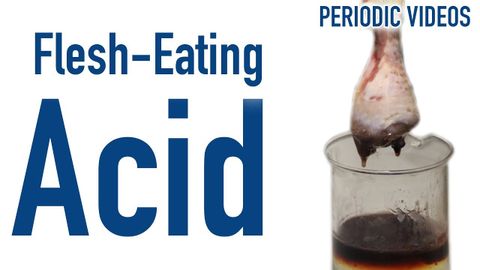人肉を食べるフッ化水素酸 - 動画の周期表 (Flesh-Eating Hydrofluoric Acid - Periodic Table of Videos)
林宜悉 が 2021 年 01 月 14 日 に投稿  この条件に一致する単語はありません
この条件に一致する単語はありません- v.t./i.突き刺す : 刺し込む;貼る : くっつける;とどまる;突き出す;我慢する
- n. (c.)棒
US /kəmˈpliːtli/
・
UK /kəmˈpli:tli/
US /ˌrɛpjəˈteʃən/
・
UK /ˌrepjuˈteɪʃn/
- n. (c./u.)評判;評判が良い;評判が悪い;評判が関わる
US /ˈmɑlɪˌkjul/
・
UK /ˈmɒlɪkju:l/
エネルギーを使用
すべての単語を解除
発音・解説・フィルター機能を解除

